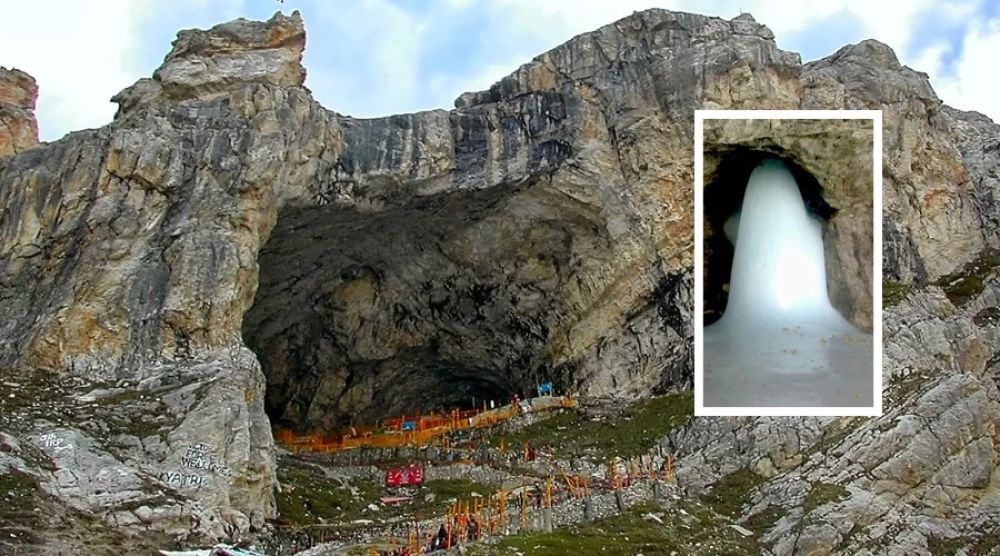

The Amarnath Temple in Kashmir, India, is one of the most sacred shrines in Hinduism and is dedicated to Lord Shiva. The most auspicious time to visit Amarnath Temple is during the annual pilgrimage known as Amarnath Yatra, which takes place in the months of June to August. This period coincides with Shravan month, according to the Hindu calendar, which is a time of great religious significance. The weather during these months is relatively more stable and milder compared to the rest of the year. However, due to its location in the Himalayas, the area can experience unpredictable weather changes, including sudden drops in temperature and sporadic rainfall.
Access to the Amarnath Temple is highly dependent on weather conditions, as the temple is situated at an altitude of approximately 3,888 meters (12,756 feet) and is surrounded by treacherous mountainous terrain. The temple is only open to the public during this Yatra period when the ice lingam – an ice stalagmite that symbolizes Lord Shiva – is formed naturally. It is essential to be prepared for a challenging journey, with proper acclimatization and fitness levels. Pilgrims are advised to check with local authorities and tour operators for the latest advice and conditions, as the opening and closing dates of the Yatra can change based on the weather and other factors such as security concerns.
| Month | Min Temp | Max Temp |
|---|---|---|
| January | -9 °c | 1 °c |
| February | -8 °c | 2 °c |
| March | -4 °c | 5 °c |
| April | -1 °c | 8 °c |
| May | 2 °c | 15 °c |
| June | 5 °c | 20 °c |
| July | 10 °c | 25 °c |
| August | 10 °c | 25 °c |
| September | 6 °c | 20 °c |
| October | 1 °c | 14 °c |
| November | -3 °c | 8 °c |
| December | -7 °c | 3 °c |